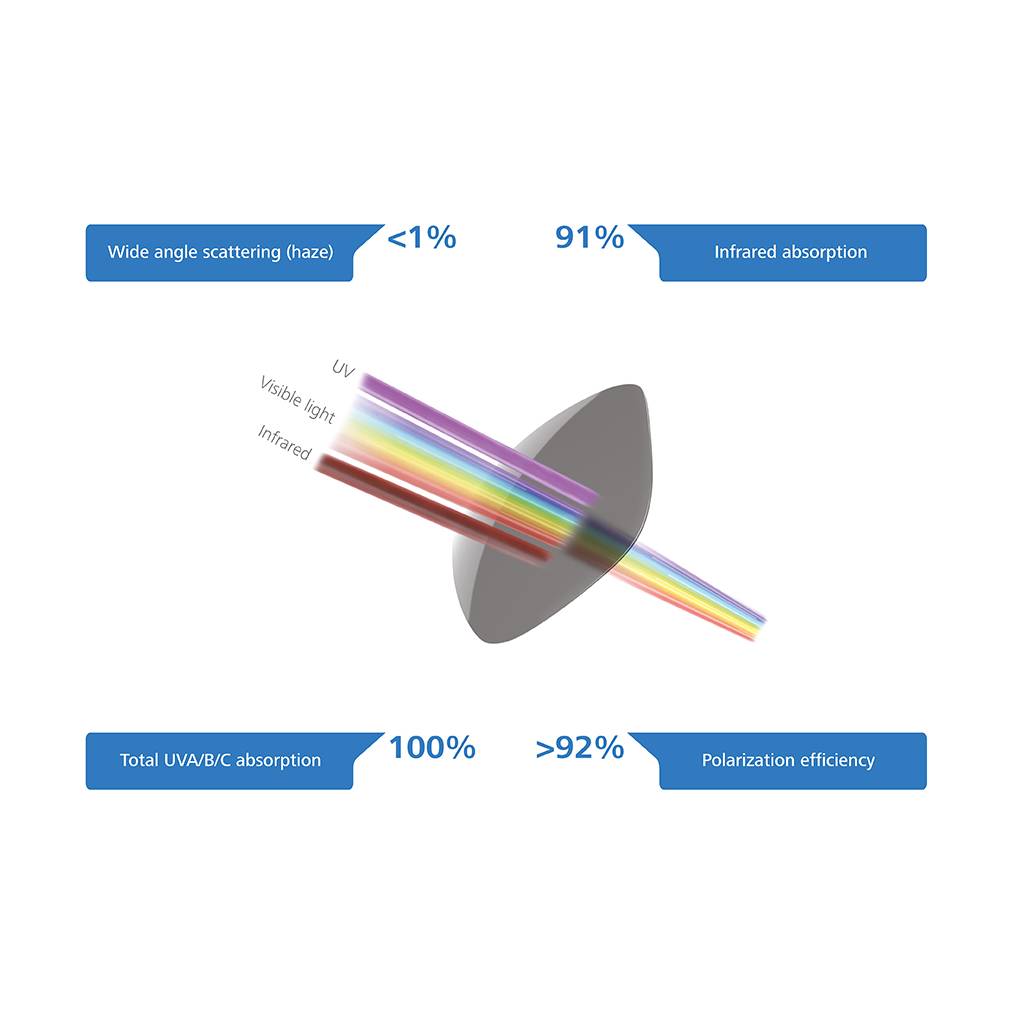Superior Polarized Lenses
HOW POLARIZATION WORKS
Light reflected from a glossy surface is mostly polarized. Intense polarized light can
be a source of glare and generate discomfort.
Intense glare can be eye blinding and can prevent a good view of the environment
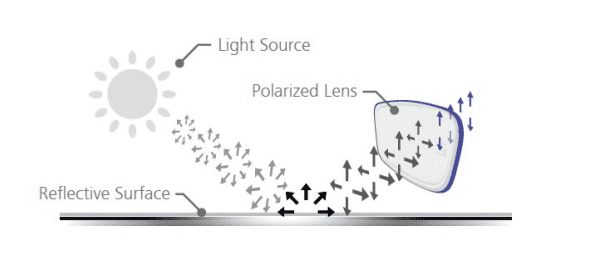
BENEFITS OF POLARIZATION
- Elimination of nuisance and discomfort caused by glare.
- Amazing visibility and clarity, especially in very intense and bright environments.
- Enabling the wearer to see beneath the glare like fish in the water.
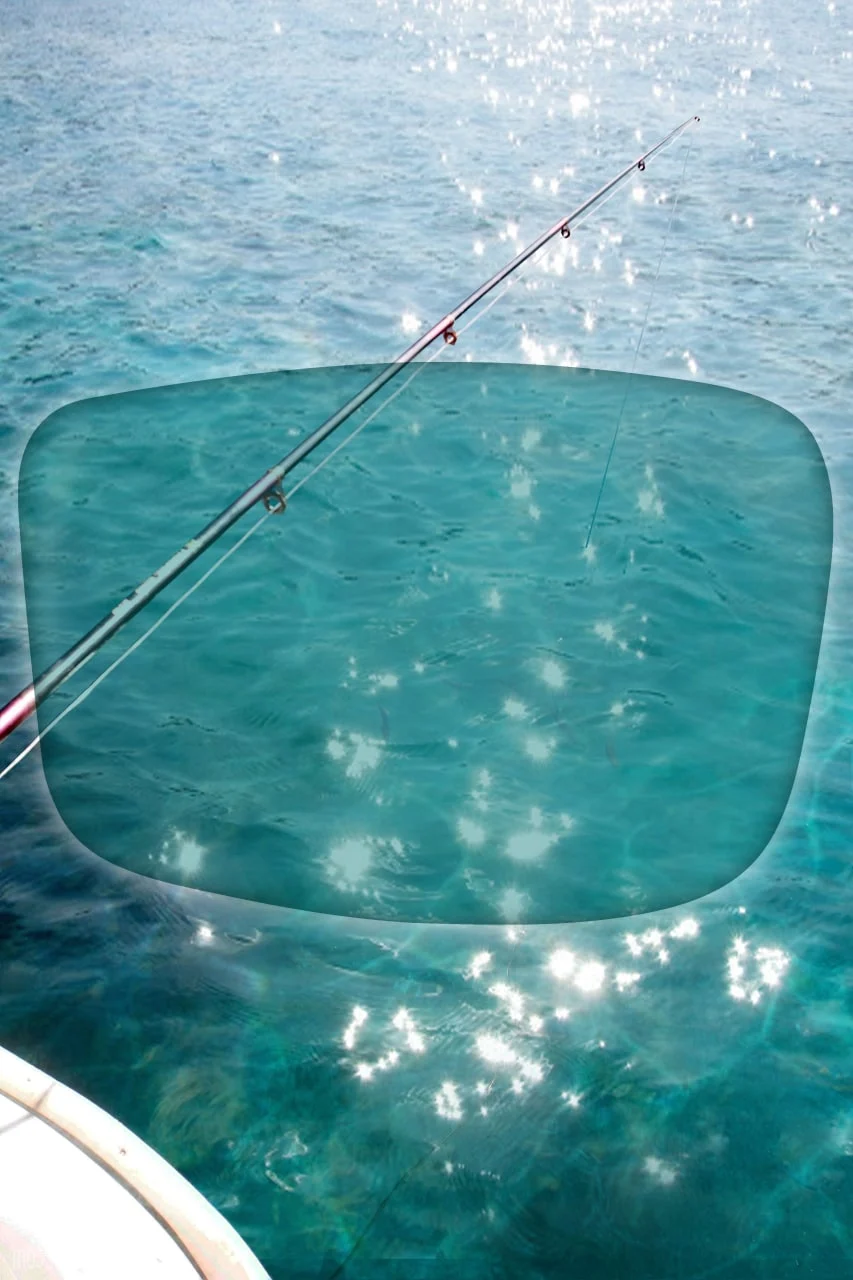
Without Polarized Lens
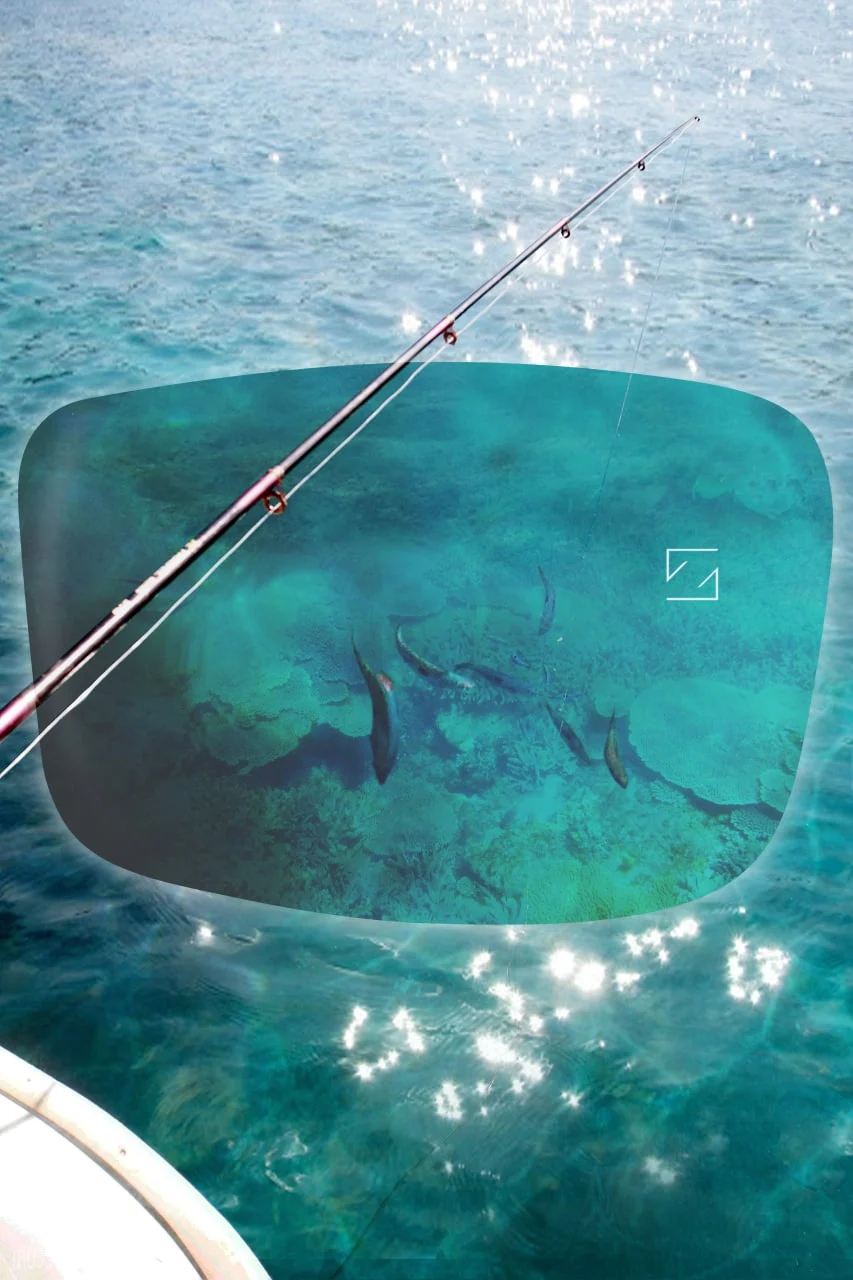
With Polarized Lens
Benefits of ThermoForce Technology®
Infrared protection
Stops up to 5X more infrared light than standard polarized lensesGlare free vision
Thanks to the polarized filter, for high image definition and contrastShatter resistance
Thermo Force material molecular structure is higher and more impact-resistant than polycarbonateVisual clarity
Prevents visual fatigue thanks to low haze and high material transparencyIn daylight, the human eye is exposed to:
- short wavelength ultraviolet radiation (UV)
- visible radiation or visible colors
- long wavelength infrared radiation (IR)

Infrared radiation (IR) lies beyond the red end of the visible spectrum, with
wavelengths between 780-10.000nm.
Infrared can’t be seen but can be felt as heat
Infrared can’t be seen but can be felt as heat.
Most infrared radiations are absorbed by the ocular structure, raising the overall temperature of the eye.
High intensity IR can lead to damages to the ocular tissues, dryness and discomfort of
the eyes.
Infrared is divided into three sub-ranges:
- IR-A, or near infrared: from 780 to 1400nm
- IR-B or far infrared: 1400 to 3000nm
- IR-C: from 3000 to 10000nm. This band does not normally reach the earth’s surface because it is absorbed by the atmosphere, but non-natural sources of IR-C can be a significant hazard.
That’s why, when confronted with hot conditions in extreme environments and a prolonged use, it is
suggested to take all precautions to keep the eye safe and cool.
Thermo Force is a polycarbonate lens material which carries infrared radiation absorbing molecules.
- This lens allows for a 92% reduction of Infrared radiation compared to a standard polycarbonate sun lens.
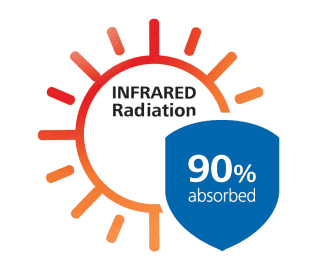

- Thermo Force absorbs up to 90% near (A) and far (B) infrared radiation (from 780-2000 nm), coming from natural sources.
- This results in a cooling effect for the eyes, the eyelids and the face areas
shielded by the lens or shield.
- It also offers full UV protection (400 nm).
- Lightweight: much lighter than mineral glass.
What ZEISS Sunlens Thermo Force protects against: infrared radiations
The sun’s radiation is a continuous spectrum made up of electromagnetic waves with higher or lower energy. Visible light, also known as visible spectrum, is the portion visible to human eye, allowing it to distinguish shapes and colors. The eyes are also exposed to two other kinds of energy: ultraviolet light (UV) and the infrared (IR) rays.
Up to 53% of sunlight is made of infrared radiation which cannot be seen by the human eye but is perceived as heat.
Extreme conditions and excessive heat can be harmful and lead to discomfort for the eyes.
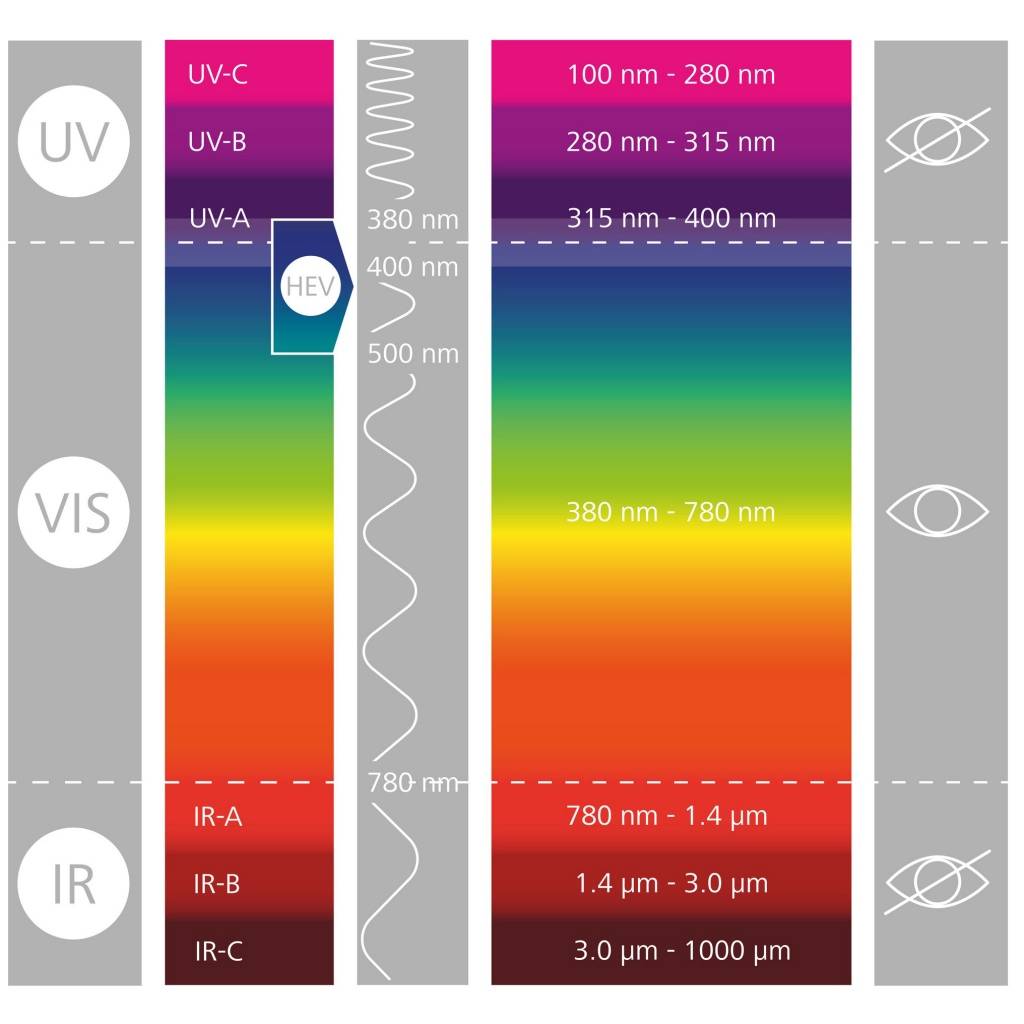
Thermo Force: the ZEISS Sunlens product that keep your eyes safe
ZEISS Sunlens developed Thermo Force, an outdoor sun lens which keeps your eyes safe from environmental hazards. Thermo Force lens differs from a standard polarized lens because it absorbs over 90% of infrared rays between 780 and 2000 nm.